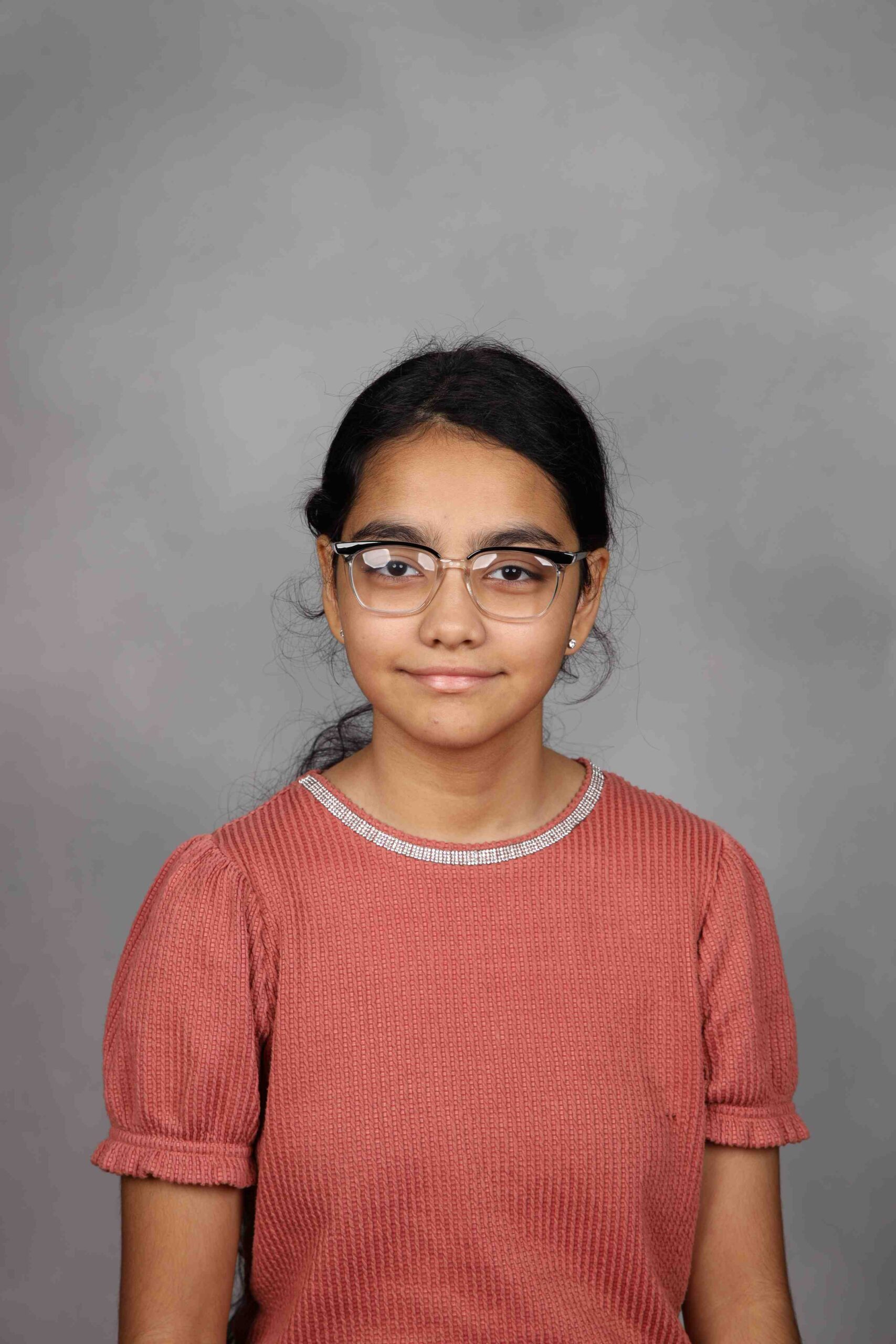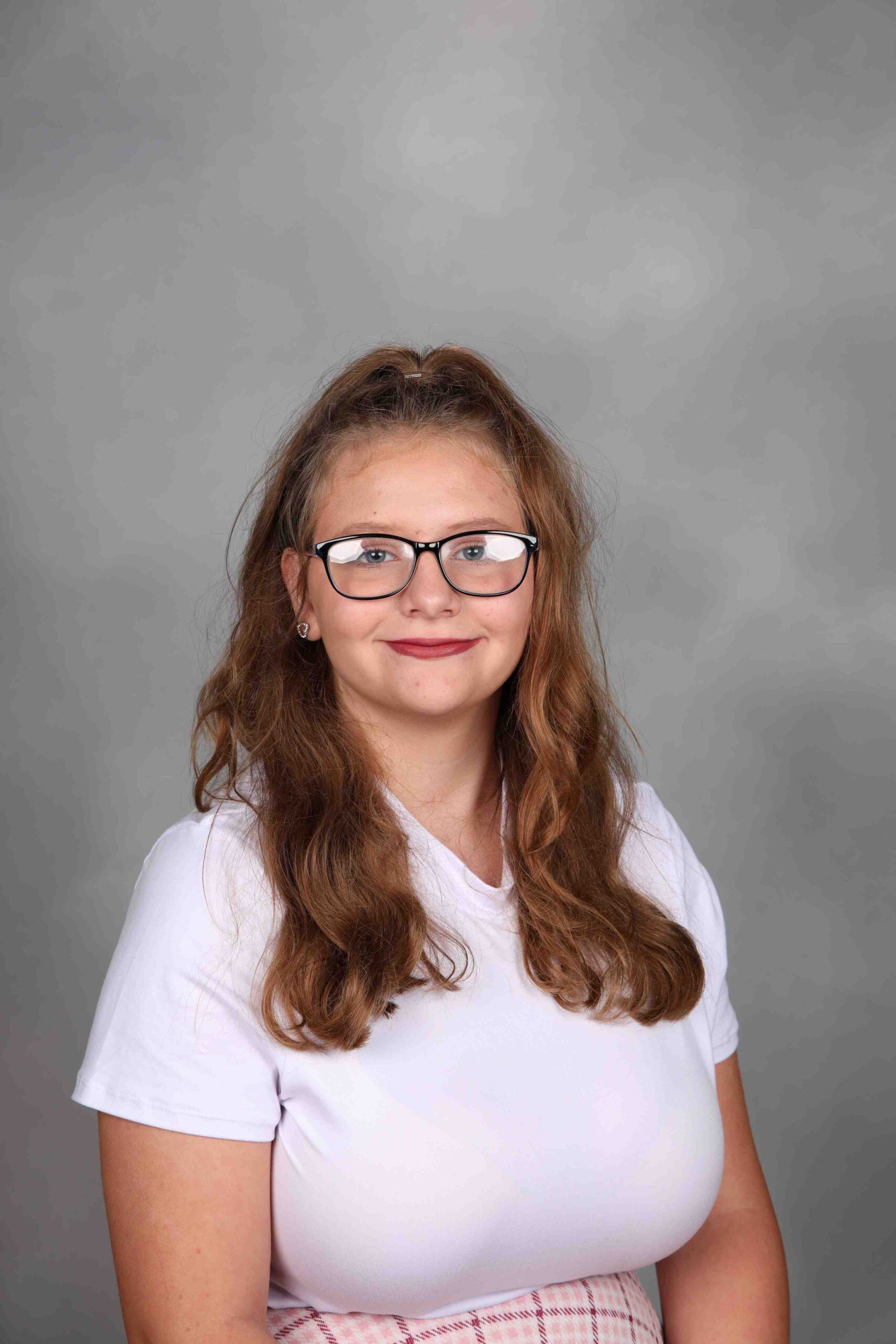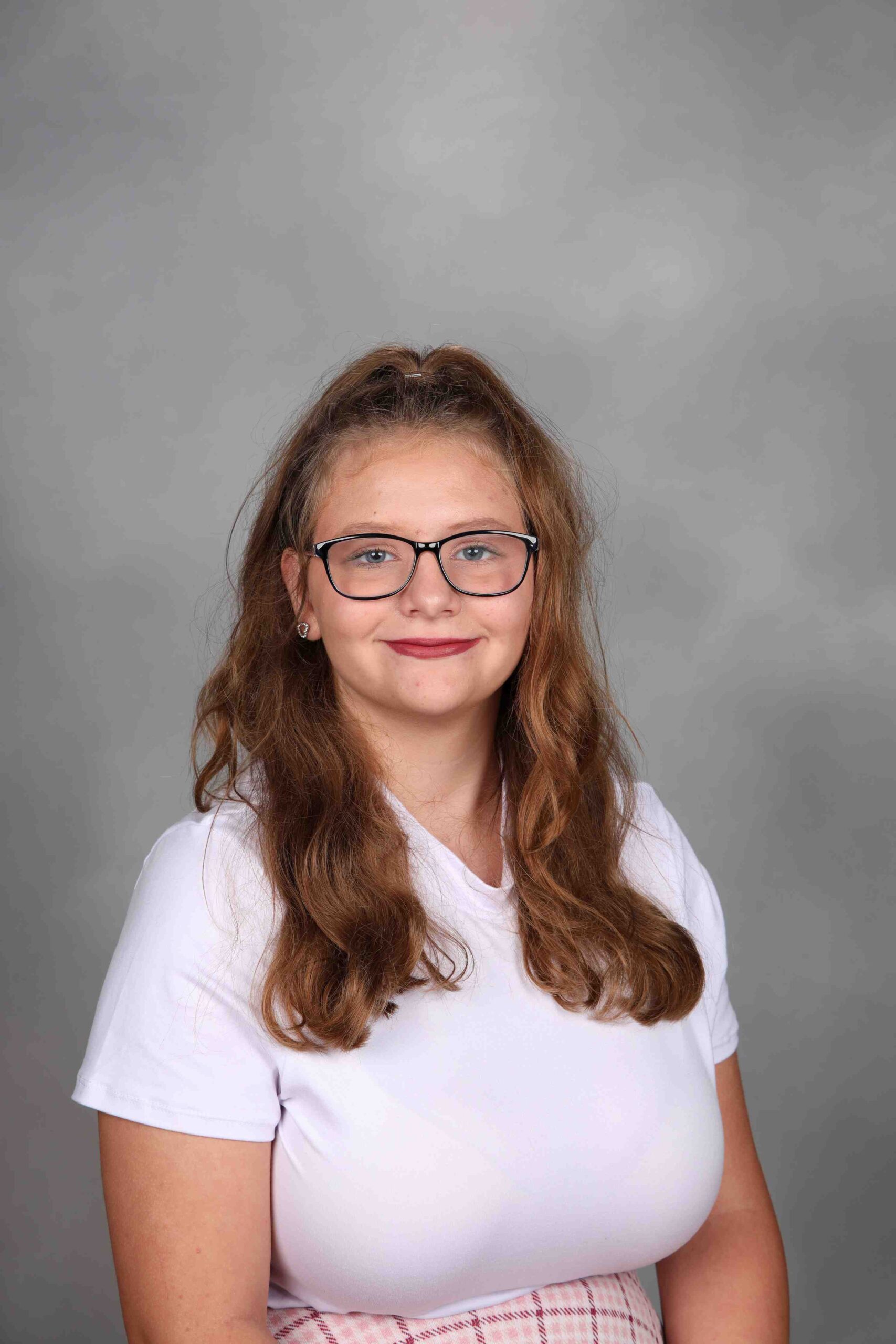

Retouching Professional Editing Service
Glass glare is a common issue in photography, especially when photographing people wearing glasses or shooting through windows. It can obscure the subject’s eyes, distract from the overall image, and reduce the quality of the photograph. Fortunately, post-production techniques can effectively eliminate or reduce glare, restoring the clarity and appeal of the image.
Importance of glass glare
- Eye Contact: In portrait photography, eye contact is crucial for creating a connection between the subject and the viewer. Glare on glasses can block the eyes, making the image less engaging. Removing glare ensures the eyes are visible and expressive.
- Clarity: Glare can obscure important details in a photograph, such as a subject’s eyes or the scenery behind a window. Removing glare restores these details, enhancing the overall clarity of the image.
- True Colors: Reflections can distort colors, making them appear washed out or overly bright. Removing glare helps maintain accurate color representation, ensuring the final image stays true to life.
- Aesthetic Appeal: Clean, glare-free images contribute to a more aesthetically pleasing composition, enhancing the visual storytelling of the photograph.
- Meeting Expectations: Clients expect high-quality, professional photos. Delivering images without glare meets these expectations and enhances client satisfaction.
- Accurate Representation: For industries that require precise visual representation, such as real estate or product marketing, removing glare ensures that images accurately depict the subject.
- Uniform Exposure: Glare often results from uneven lighting, which can cause parts of the image to be overexposed. Correcting this in post-production helps achieve a consistent exposure throughout the image.
- Clone Stamp and Healing Brush: These tools allow for precise removal of glare by replicating and blending surrounding areas.
- Frequency Separation: Separates texture and color for targeted adjustments without affecting the entire image.
- Curves and Levels Adjustments: Adjust brightness and contrast to minimize glare impact.
- Content-Aware Fill: Automatically fills in glare areas with surrounding content.
- Dodge and Burn: Lighten or darken specific areas to balance exposure and reduce glare visibility.
Our Work












How Photophile NHC works

01 . Receive Images
The post-production team receives the raw image files via Dropbox, utilizing the company's shared Dropbox link for seamless transfer. Upon receipt, the team organizes the raw image files into a structured folder system to ensure easy access and backup. Maintaining backup copies of all raw files is crucial to prevent data loss and ensure the integrity of the image files throughout the post-production process.
02 . Editing
Using professional photo editing software such as Adobe Photoshop or Lightroom, the post-production team begins editing the selected images. This process may include color correction, exposure adjustments, cropping, retouching, and other enhancements to achieve the desired look and feel.
03 . Quality Check
After editing each image, a quality control check is performed to ensure consistency and accuracy across all edited photos. This includes checking for any missed edits, color discrepancies, or other errors that may affect the final output.

04 . Client Review
Once the editing process is complete, the edited images are uploaded to a secure online gallery or shared with the client for review. The client has the opportunity to provide feedback or request revisions if necessary.

05 Revisions
If the client requests revisions, the post-production team implements the requested changes and ensures that the final images meet the client's specifications and expectations.

06 . Final Delivery
Upon approval from the client, the final edited images are prepared for delivery. This may involve formatting the images according to the client's requirements, resizing for web or print, and packaging the files for download or delivery.

07 . Archiving
After delivery, the post-production team archives both the raw and edited image files for future reference and retrieval. This ensures that the studio maintains a comprehensive record of all client projects and facilitates any future requests for additional edits or reprints.
Frequently Asked Questions
Sed ut perspiciatis unde omnis iste natus error voluptatem accusantium dolore mque laudantium totam rem aperiam, eaque ipsa quae ab illo inventore veritatis et quasi architecto beatae vitae dicta sunt explicabo.
Sed ut perspiciatis unde omnis iste natus error voluptatem accusantium dolore mque laudantium totam rem aperiam, eaque ipsa quae ab illo inventore veritatis et quasi architecto beatae vitae dicta sunt explicabo.
Sed ut perspiciatis unde omnis iste natus error voluptatem accusantium dolore mque laudantium totam rem aperiam, eaque ipsa quae ab illo inventore veritatis et quasi architecto beatae vitae dicta sunt explicabo.
